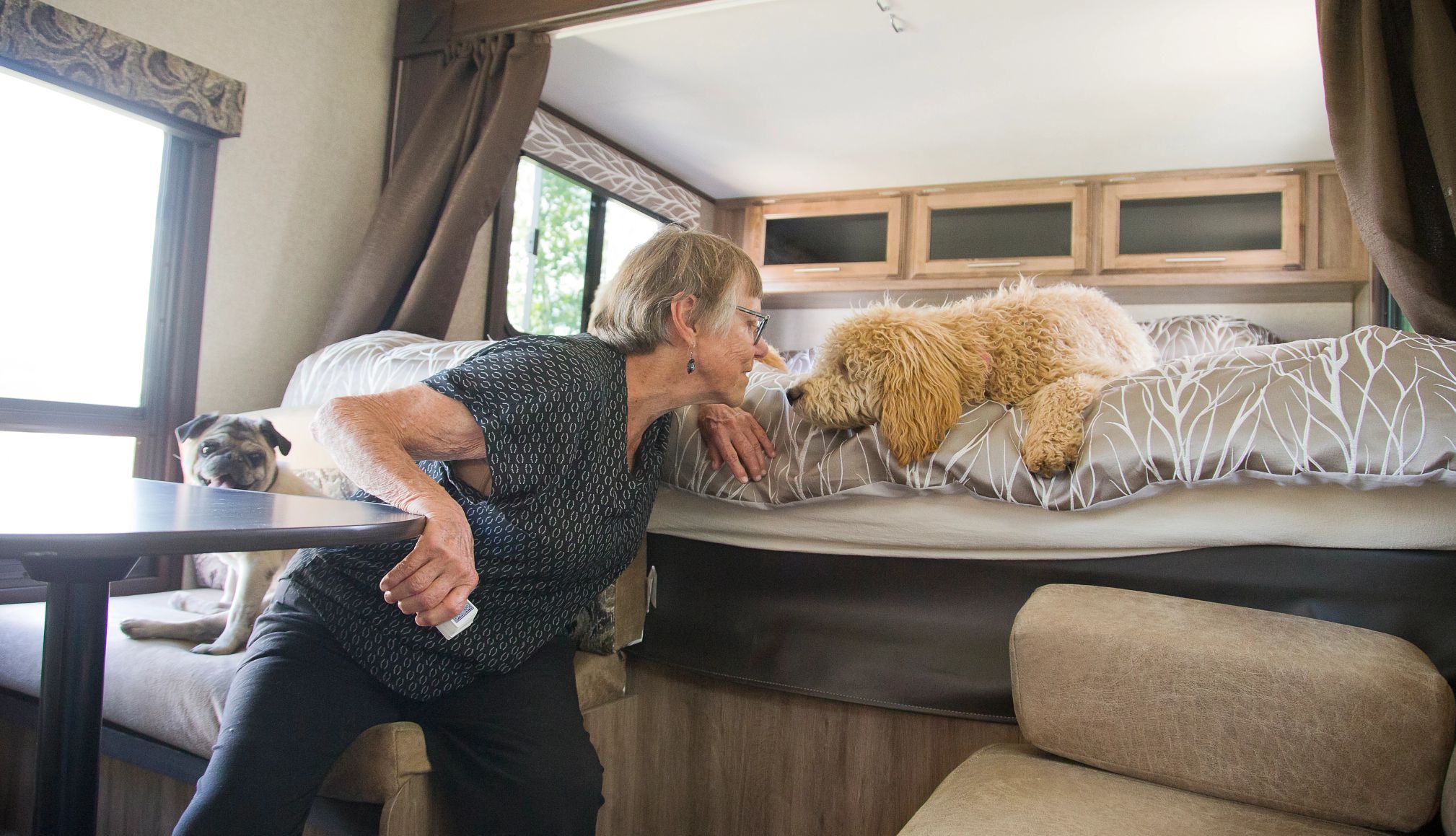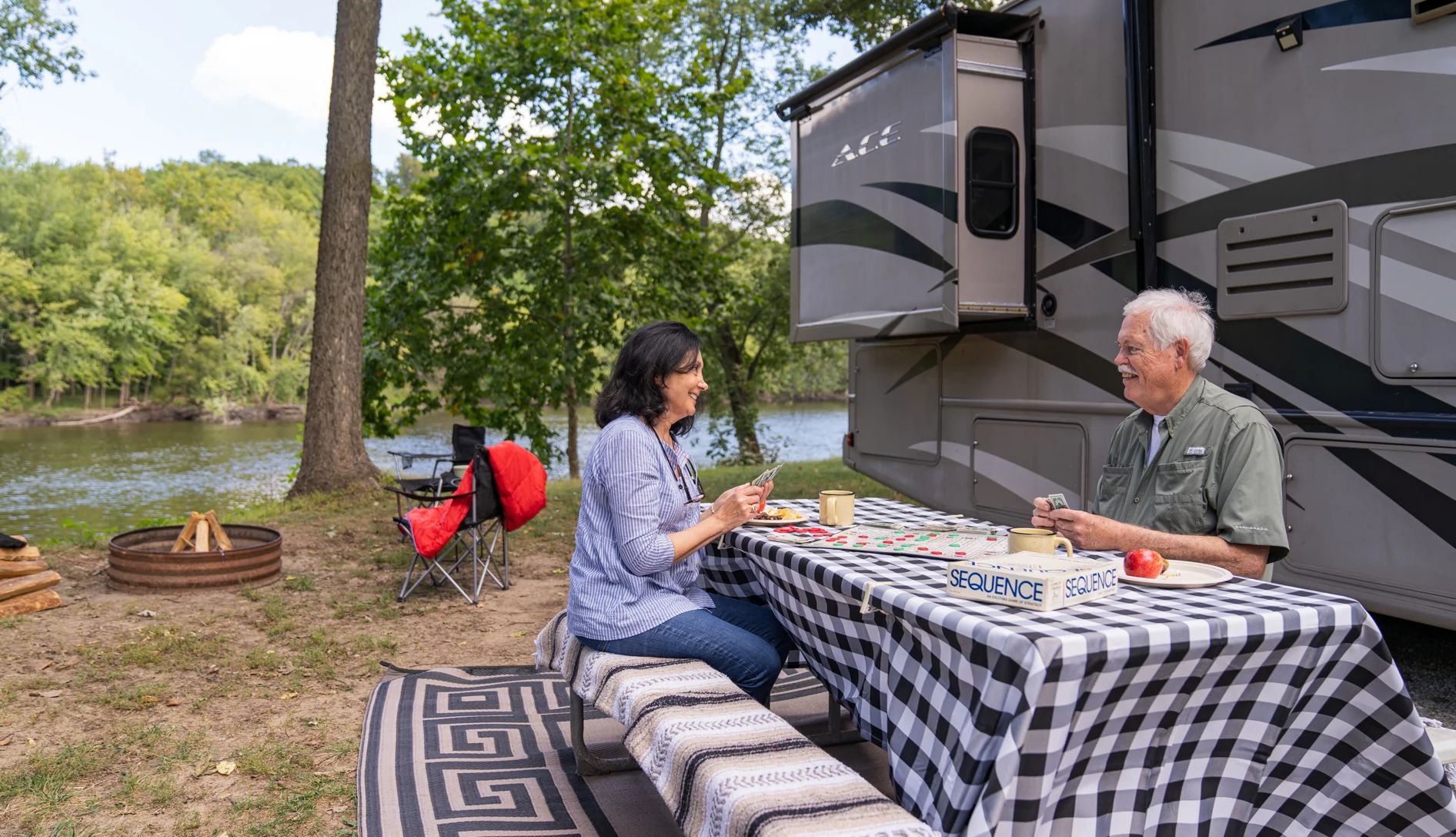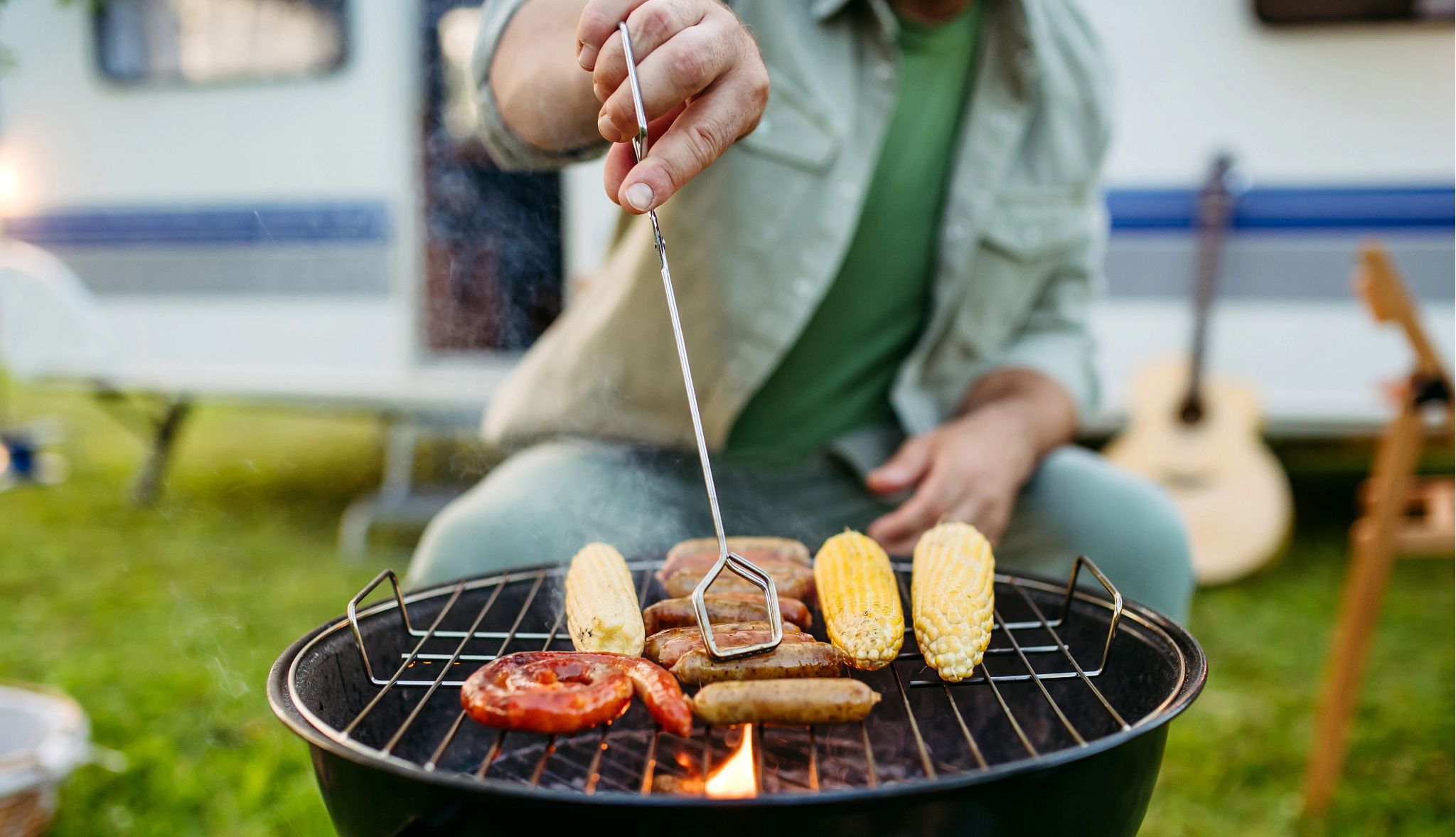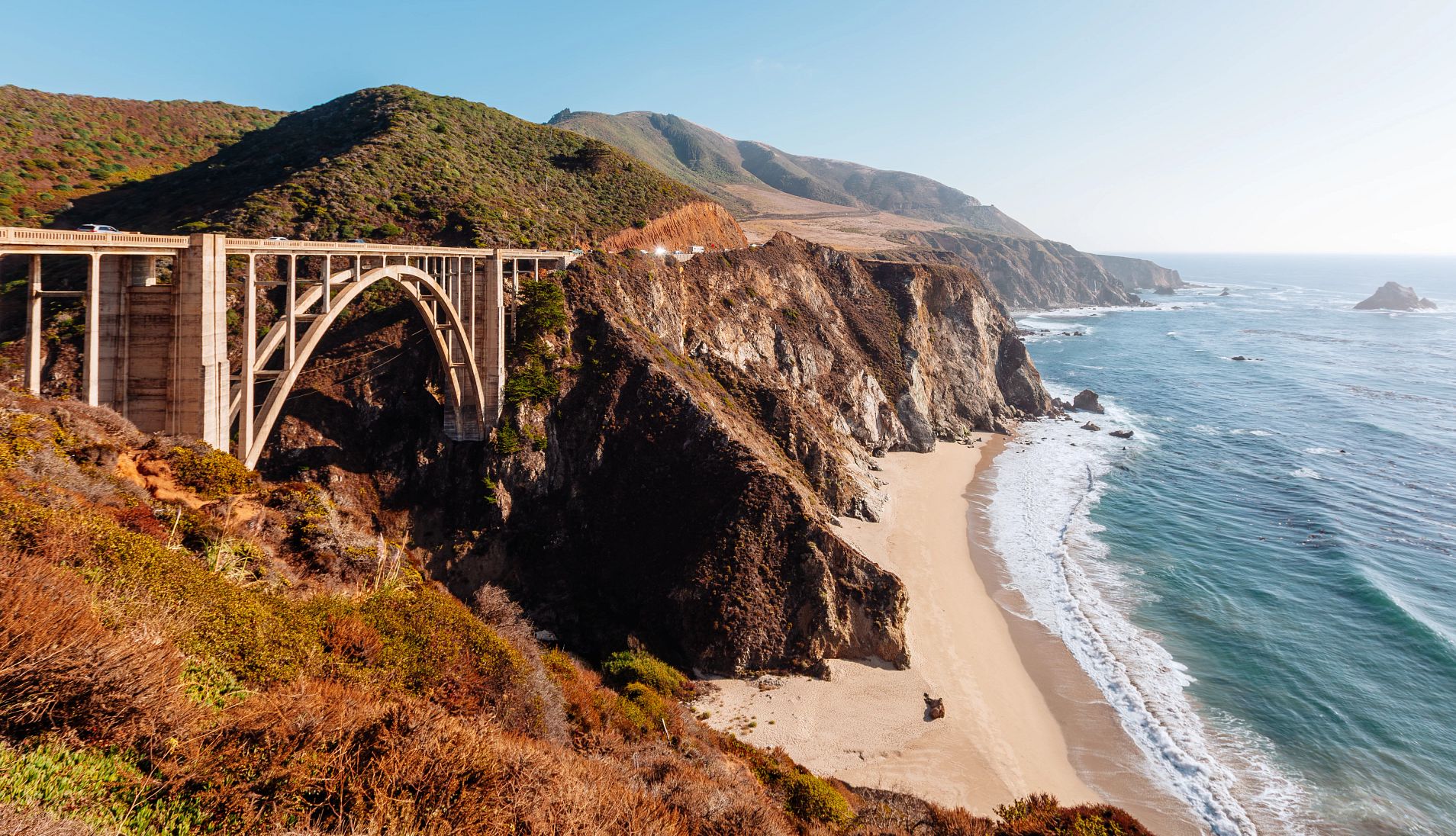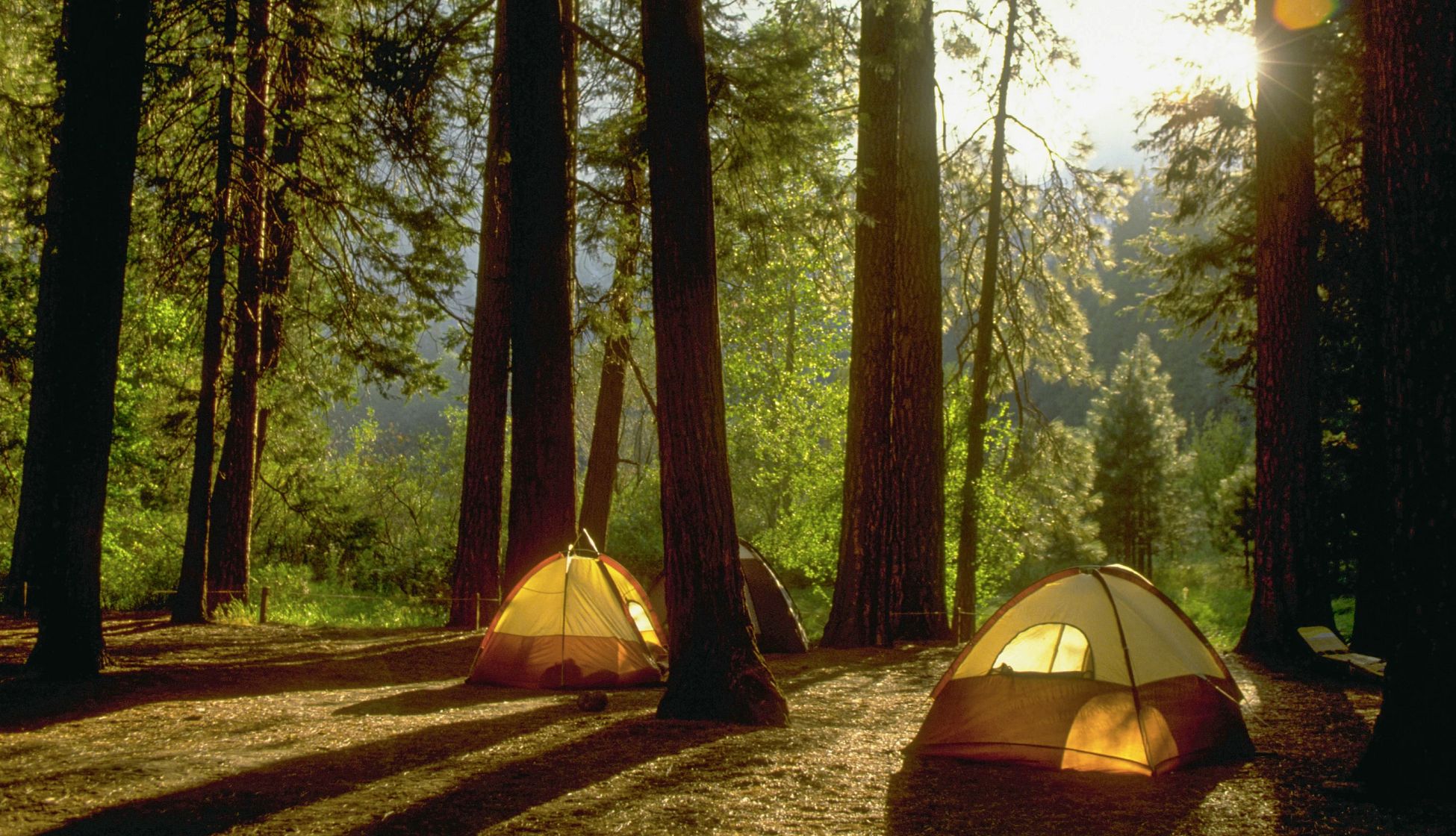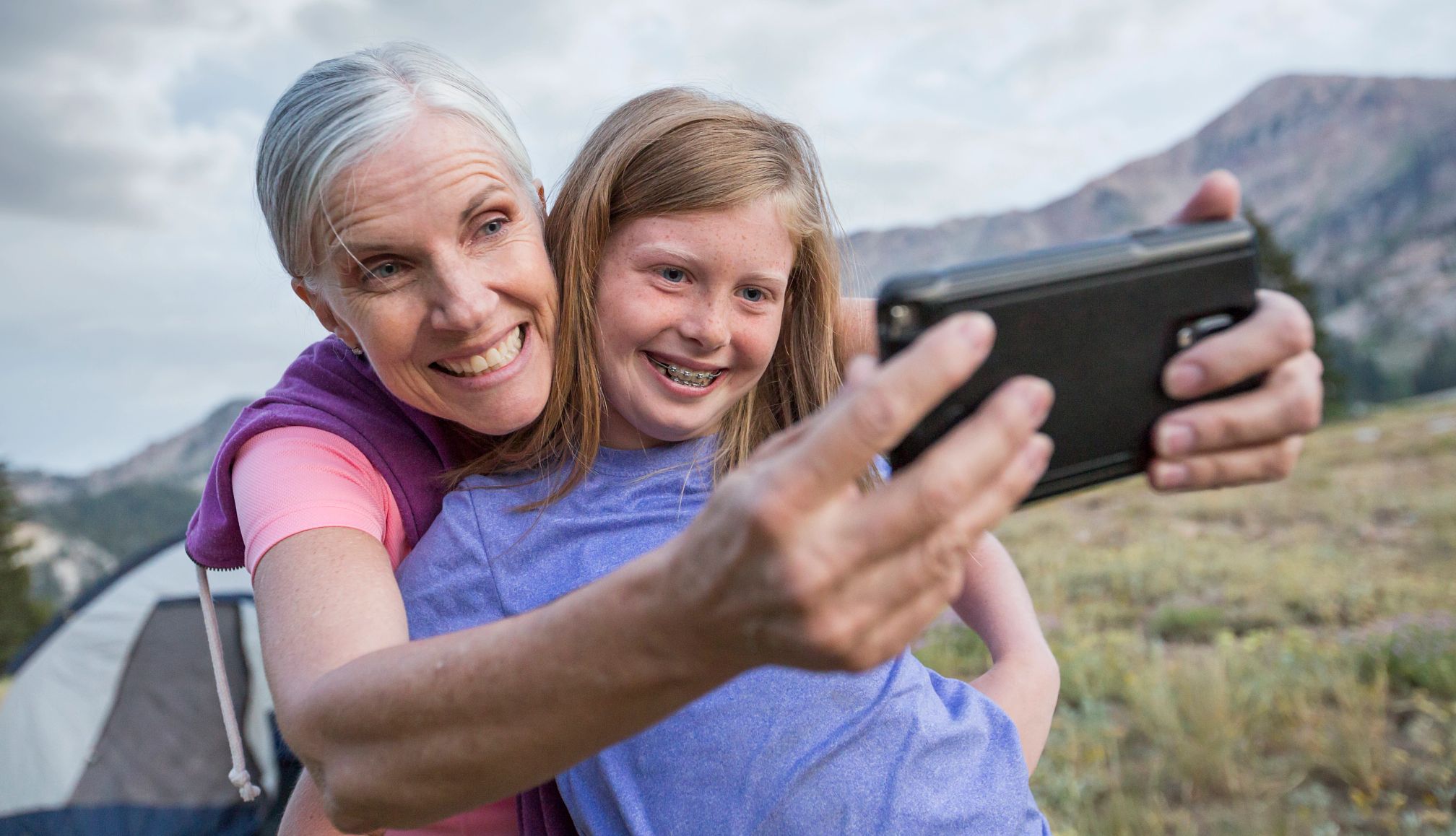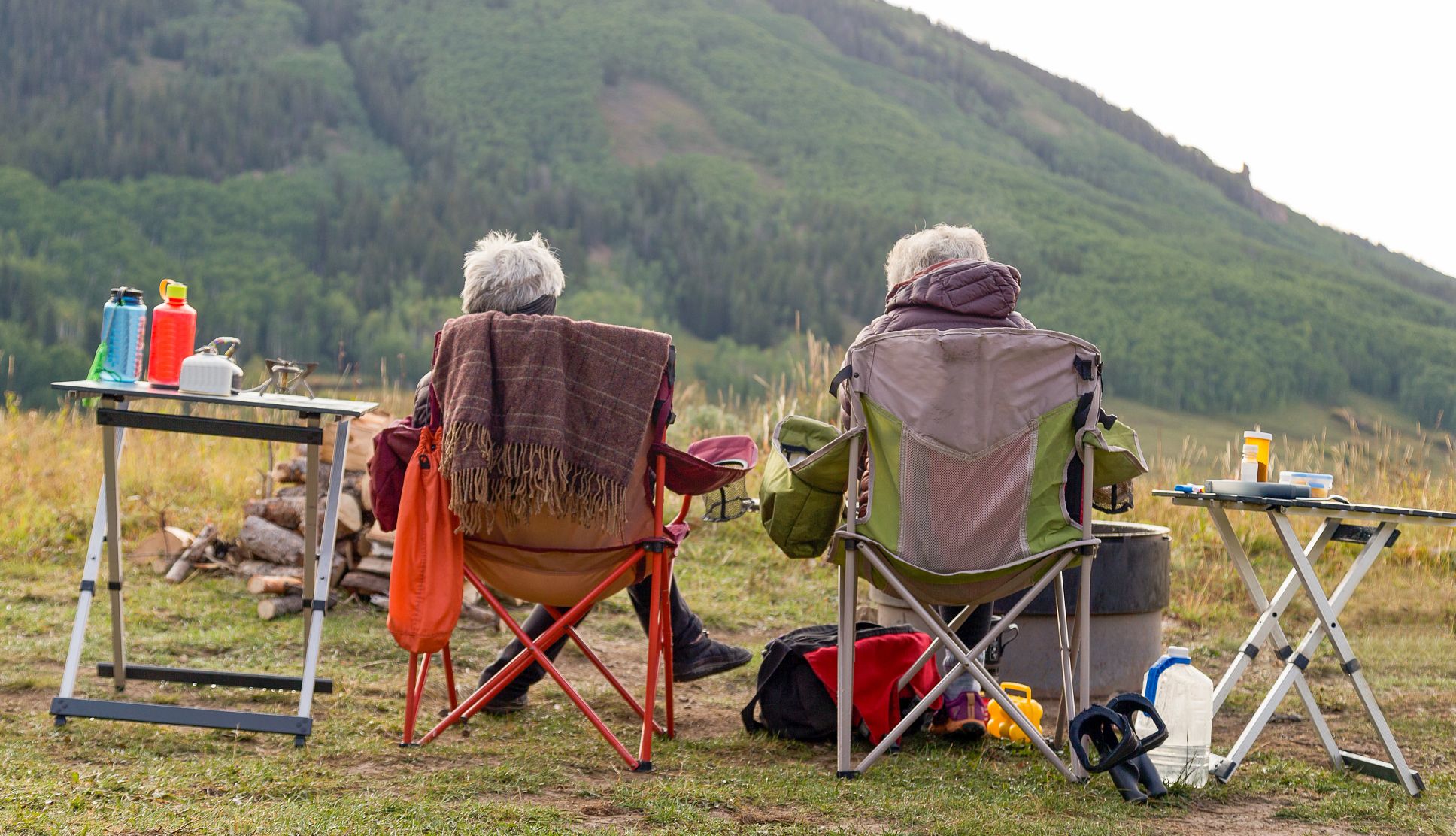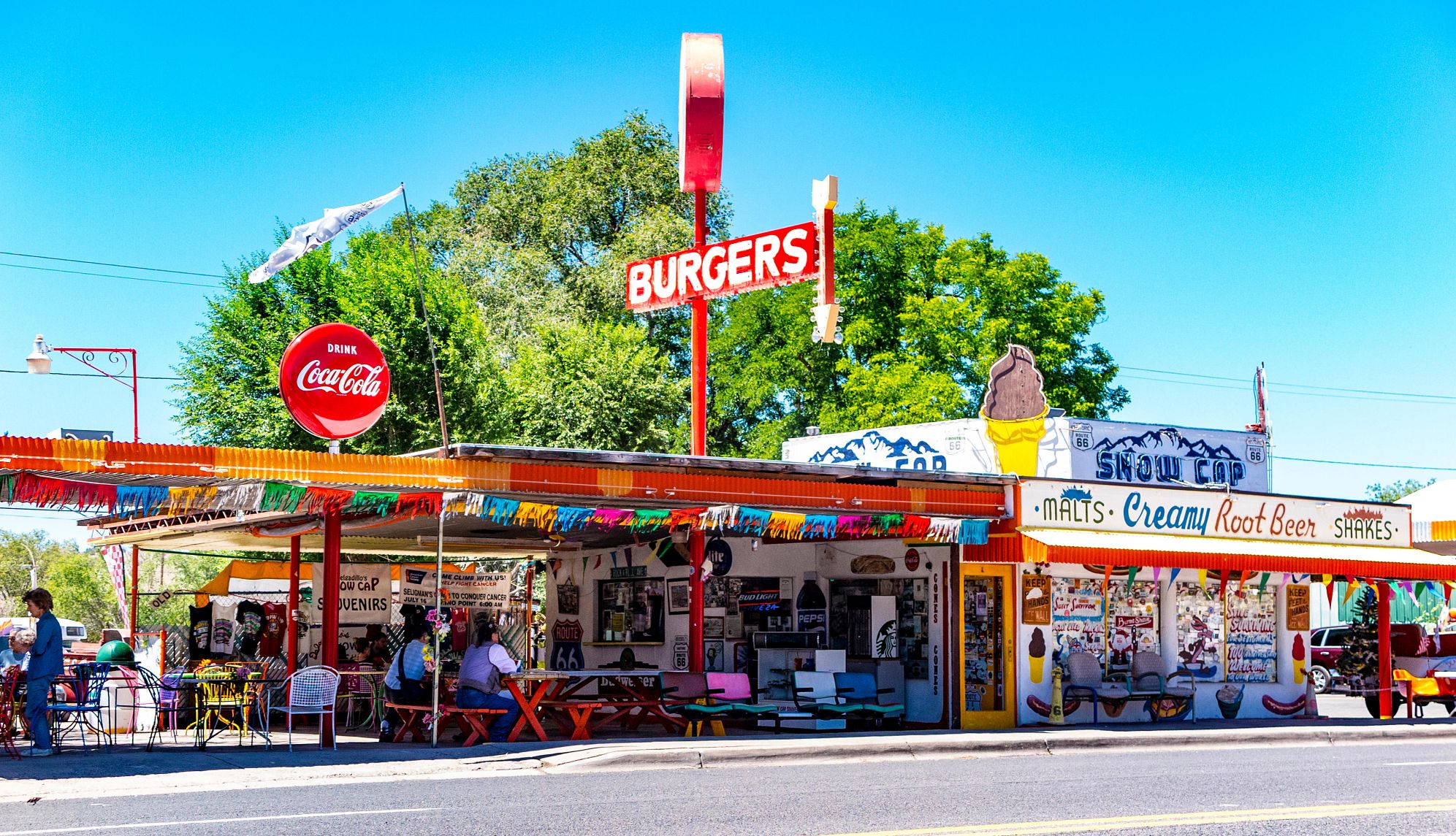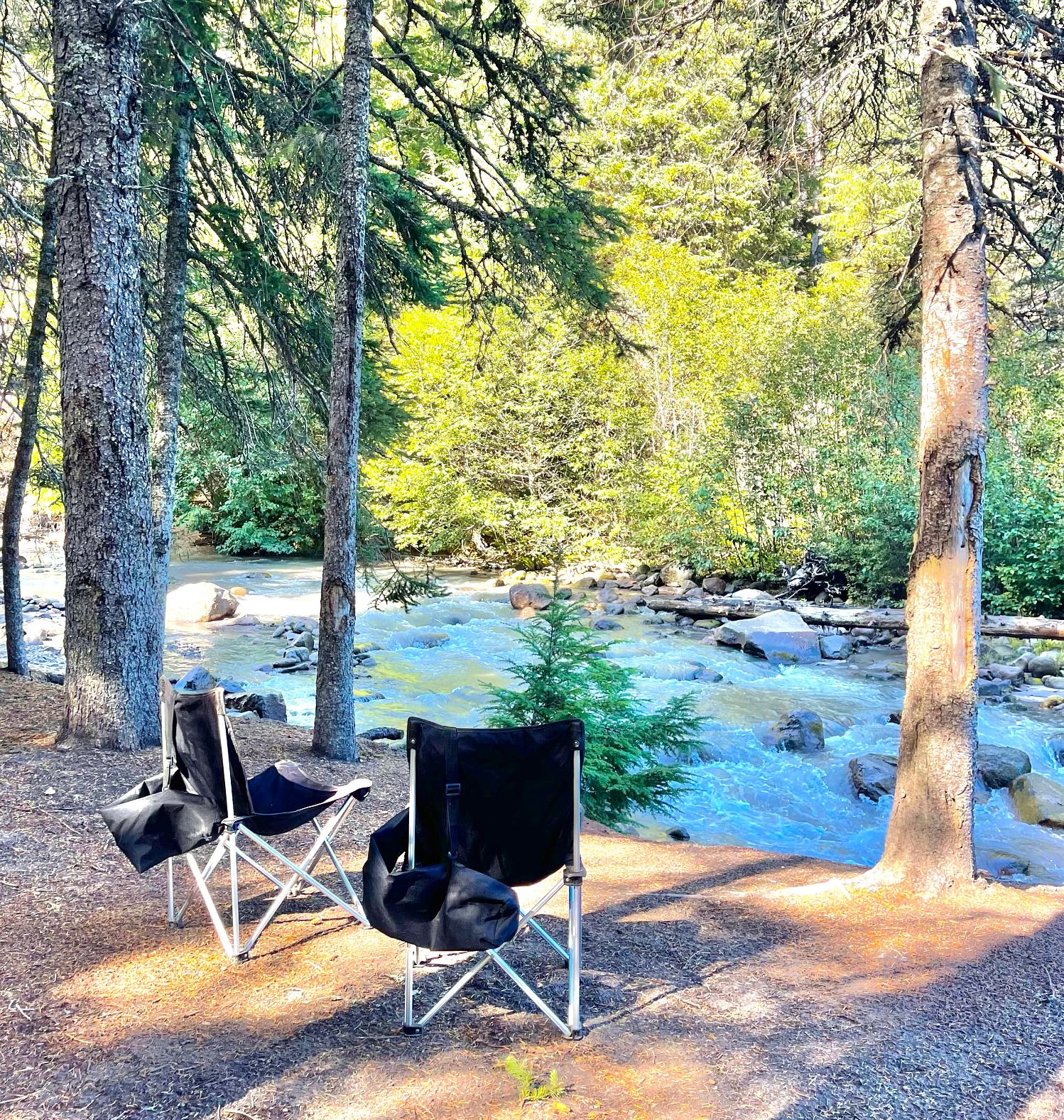AARP Hearing Center
It was a Sunday night in October when my friend Katie, looking ahead to a milestone birthday, told me that what she’d really like to do was realize a long-held dream of camping in Zion National Park.
The problem? Her birthday was a week away, October is peak season for Utah’s national parks, and the last-minute nature of our inspiration meant we lacked a reservation. That posed a serious challenge, given that 56 percent of campers reported experiencing difficulty finding a campsite in 2024, up from 10.6 percent in 2019, according to data compiled by the Dyrt, a camping app.
That knowledge didn’t stop us, though, and after a few hours of poring over maps and researching nearby options, we’d hatched a strategy we thought would work. And sure enough, one week later we were toasting Katie’s next decade over a crackling fire in one of the handful of free, highly coveted U.S. Bureau of Land Management (BLM) sites tucked into the cliffs along North Creek, just a 20-minute drive from Zion’s west entrance.
Since then, I’ve camped with Katie, my daughters and my fiancé (and our dogs!) in serene landscapes within an hour’s drive of Arches, Yosemite, Glacier, Lassen and many other national parks. And we’re in good company among those of our age group: 79.1 percent of campers over 55 plan to camp in or near a national park, according to the Dyrt.
But with national park visitation at record levels — 2024 visitation topped 331 million — those campsites are harder to get every year, inspiring more of us to seek out campsites near, rather than within, national parks.
Here are my top tips for finding national park-adjacent campsites on short notice.
Look for national forest campgrounds near national parks
Most national parks are surrounded by adjacent national forests, which protect additional resources such as watersheds, wildlife corridors and wilderness areas. This makes U.S. Forest Service campgrounds an ideal alternative to those within national park boundaries, especially as many are not on the government reservation system and operate on a first-come, first-served basis.

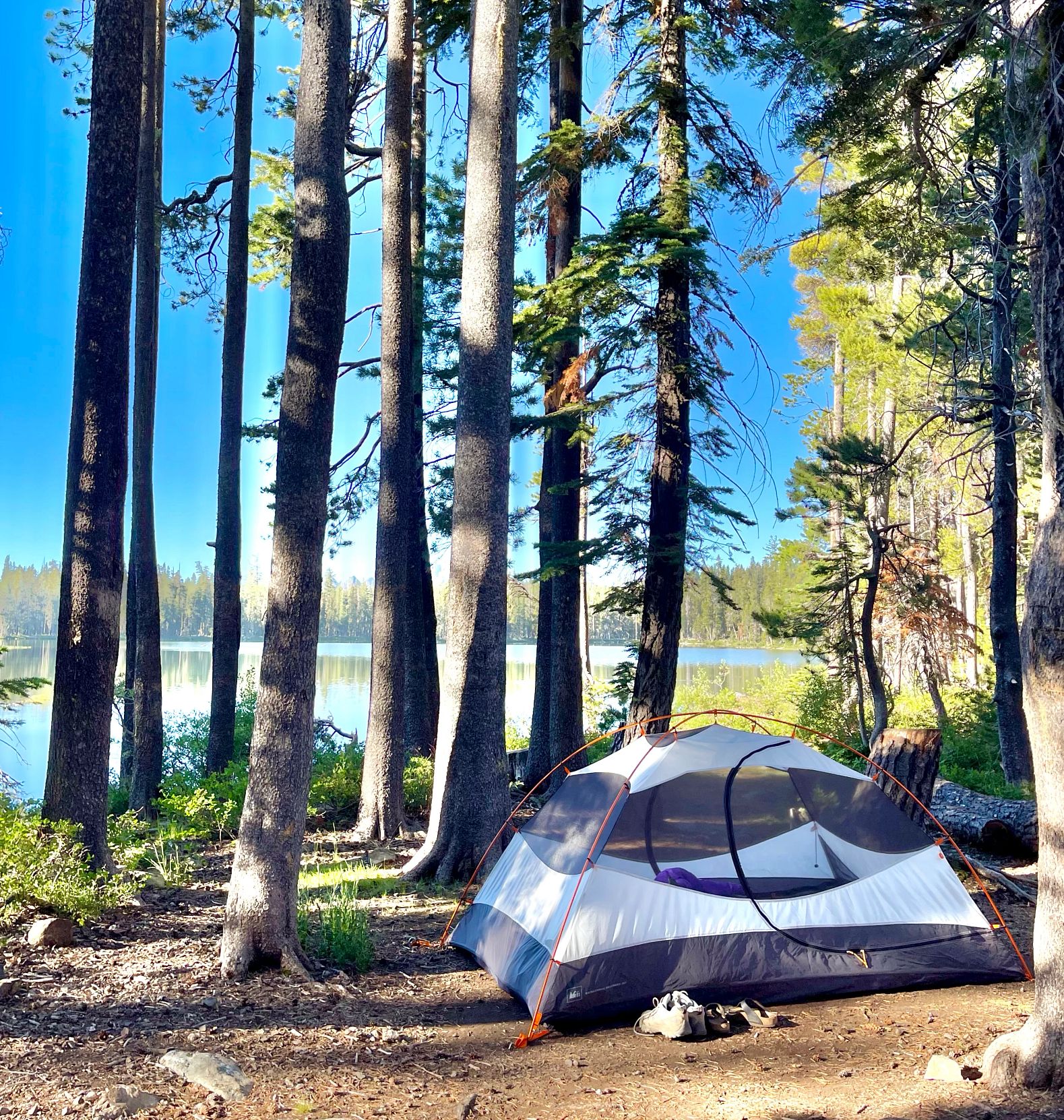
Some national parks make information on these campgrounds readily available to visitors. For example, Mount Rainier National Park provides a list of 17 Forest Service campgrounds surrounding the park, while the Custer Gallatin National Forest has 14 campgrounds within 35 miles of the north, northeast or west park entrances of Yellowstone National Park.
Note that Forest Service websites and maps may not be up to date, and it’s always best to double-check with the nearest Forest Service ranger station before finalizing your plans.
Secret tip for claiming first-come, first-served campsites: Arrive at the campground before noon, the hour when departing campers are most often required to vacate.































































